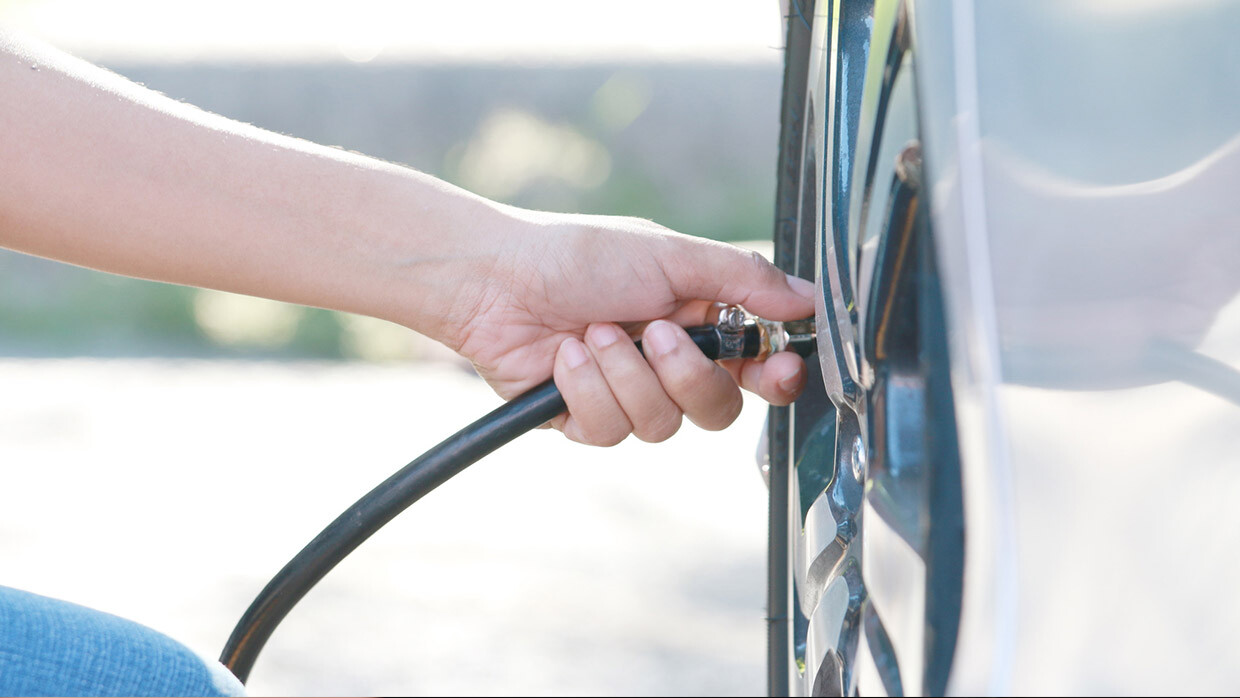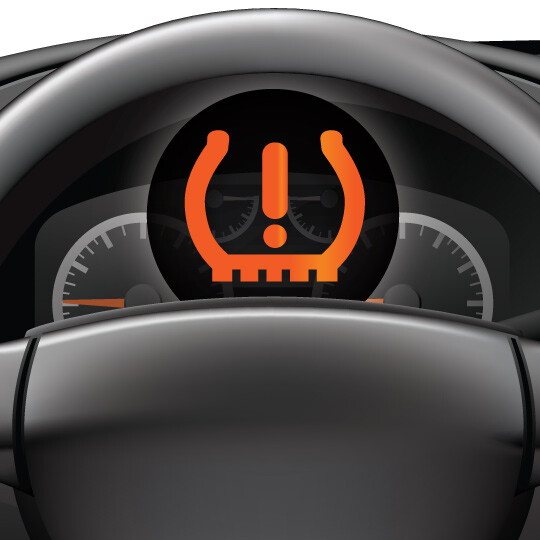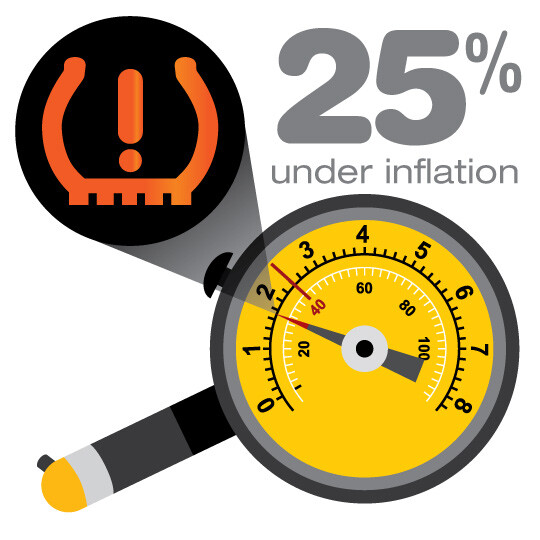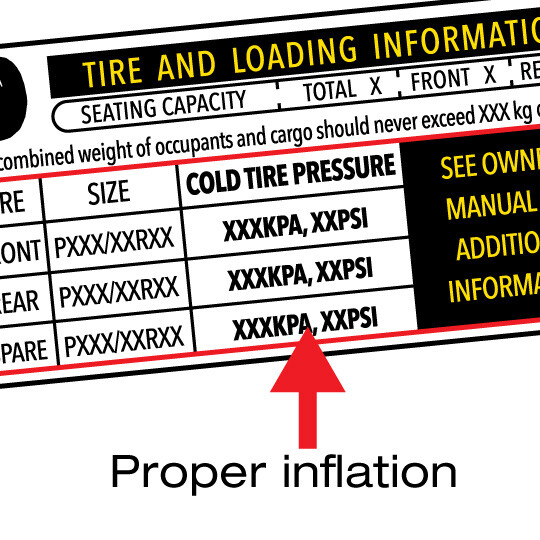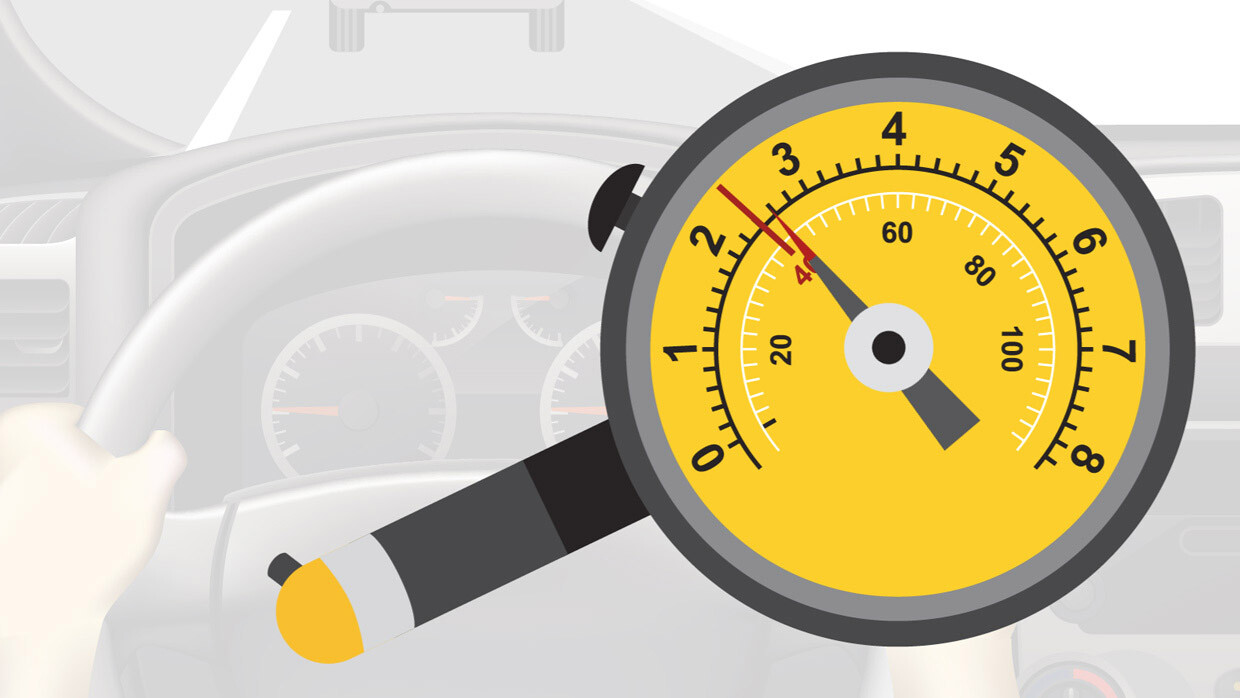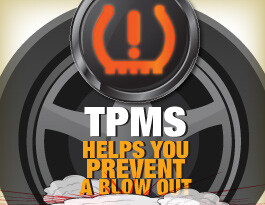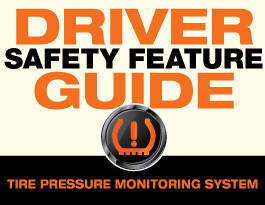Tire Pressure Monitoring System
Tire pressure monitoring systems (TPMS) may warn you if your tires are under- or over-inflated, helping increase your fuel economy and even potentially preventing a tire blowout.
What It Does: Lets you know if tire pressure has changed; common in change of seasons – especially from warmer to colder – or change of elevation
What It Does Not Do: May not specify which of the tires needs attention.

